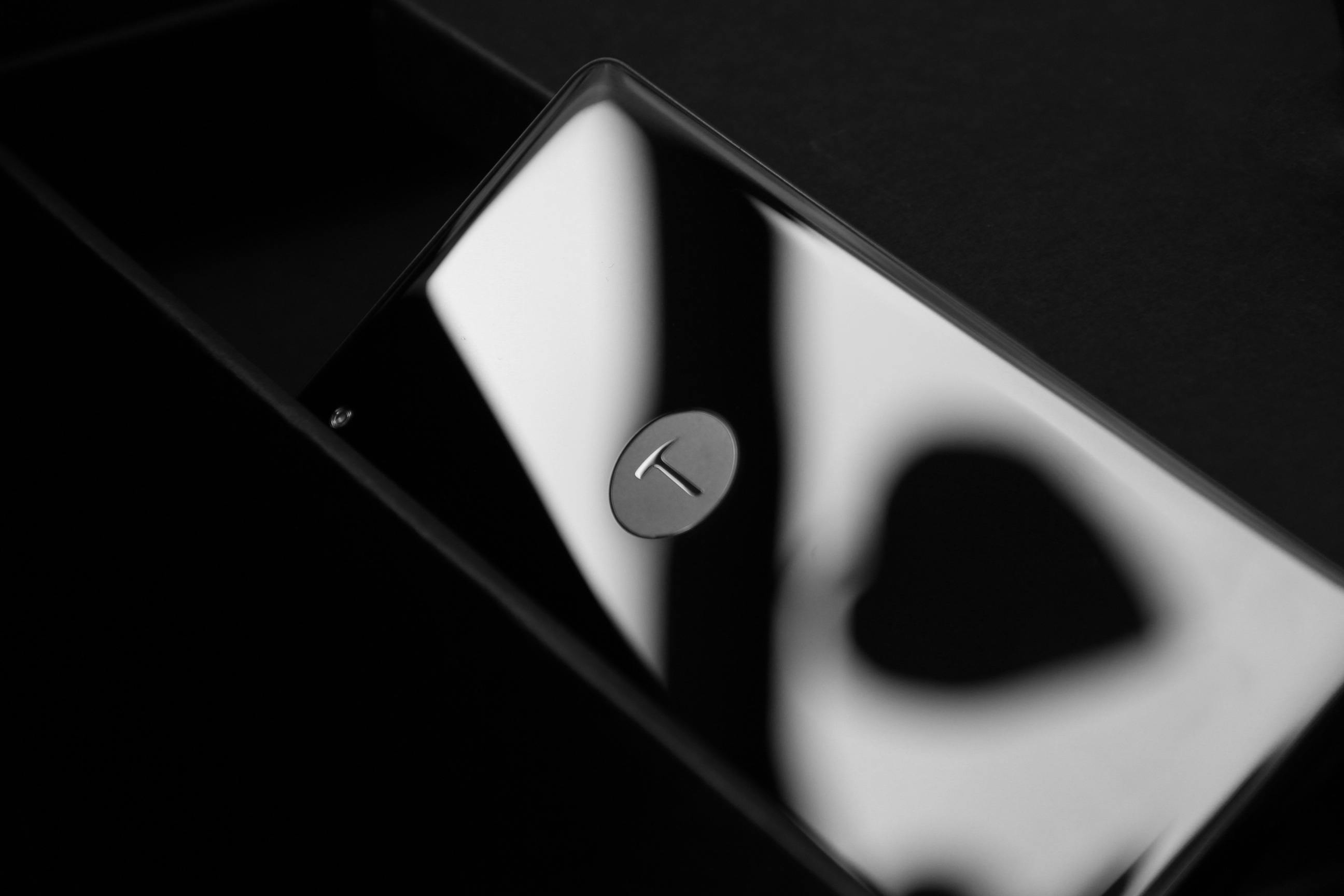Kalaripayattu is the ancient state martial art. It is considered as the forerunner of Karate and Kung-fu. The Kalari is treated as the temple of learning. Ancient traditions and customs are still practiced within the Kalari. The Gurukkal system consists of rigorous physical training in addition to training in self-discipline. The weapons used were the sword, dagger, shield, short sticks, spears, etc. In this art, the utmost importance is given to the coordination of the body and the mind.
The hidden treasure of the Orient, a gift to the modern world and the mother of all martial arts. Legend traces the 3,000-year-old art form back to Sage Parasurama, the master of all forms of martial art and credited as Kerala’s reclaimer of the Arabian Sea. Kalaripayattu originated in ancient South India. Kung fu, popularized by the monks of the Shoaling Temple, traces its ancestry to Bodhi Dharma, an Indian Buddhist monk and teacher of Kalaripayattu.
Traditional kalari architectural design
The art is trained in an enclosure called ‘Kalari’, which measures 21 feet by 42 feet. The entrance faces east. In the southwest corner is a seven-tiered platform called a “poothara”, which houses the guardian deity of the kalari. These seven steps
symbolize seven skills that each person requires. They include Vigneswa (Strength), Channiga (patience), Vishnu (ruling power), Vadugashcha (the posture), Tadaaguru (training), Kali (the expression), and Vakasta – purushu (sound). Other deities, most of them incarnations of the Bhagavathi or Shiva, are installed in the corners.
The origin of Kalaripayattu
Kalaripayattu is perhaps the oldest martial art in the world. The religions have incorporated Kalaripayattu into their realm. The origin of Kalaripayattu is still in the midst of darkness. Traditional Kalari masters attribute mythological stories and legends to the origin of the art. Legend traces the 3,000-year-old art form back to Sage Parasurama, the master of all forms of martial art and credited as Kerala’s reclaimer of the Arabian Sea.
In the early 6th century AD, martial arts spread from South India to China thanks to Daruma Bodhidarma, an Indian Buddhist monk and teacher of Kalaripayattu. From China, martial arts have spread to Korea and Japan. Kalaripayattu is derived from the words Kalari, meaning “place, threshing or battlefield”, and payattu, meaning “exercise in arms or practice”.
Kalari’s influence on other arts
Kalaripayattu has strongly influenced the evolution of several of Kerala’s theater and dance forms, most notably Kathakali and Theyyam. Kathakali practitioners are required to train with Kalari masters to develop various attributes such as physical fitness, stamina, and the martial movements depicted in their performances. Kalari practitioners claim that Bodhi Dharma, a Buddhist monk responsible for training Shaolin monks in kung-fu, was in fact a Kalari master.
revival of kalaripayattu
Following the collapse of the princely states and the advent of free India, Kalaripayattu had lost its importance as a code of mortal combat. Fortunately, Kalaripayattu has successfully survived the steady and sad decline in popularity. Kalaripayattu now has a compelling global audience and his fame and glory has won hearts everywhere.
In a phoenix-like resurrection, Kalaripayattu is emerging today in a new avatar, an ancient art form, a source of inspiration for self-expression in dance forms, both traditional and contemporary, in theater, in fitness and also in the movies.

